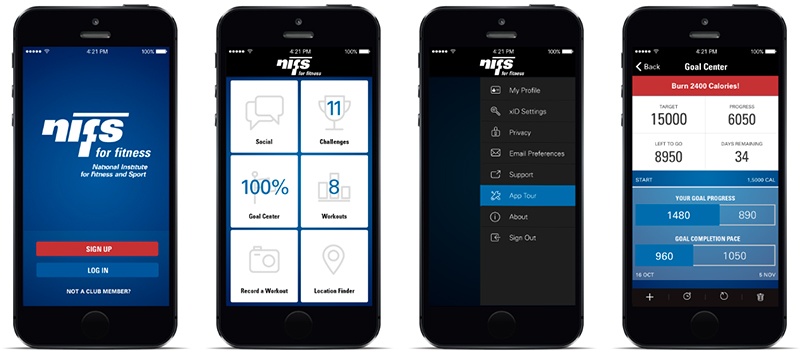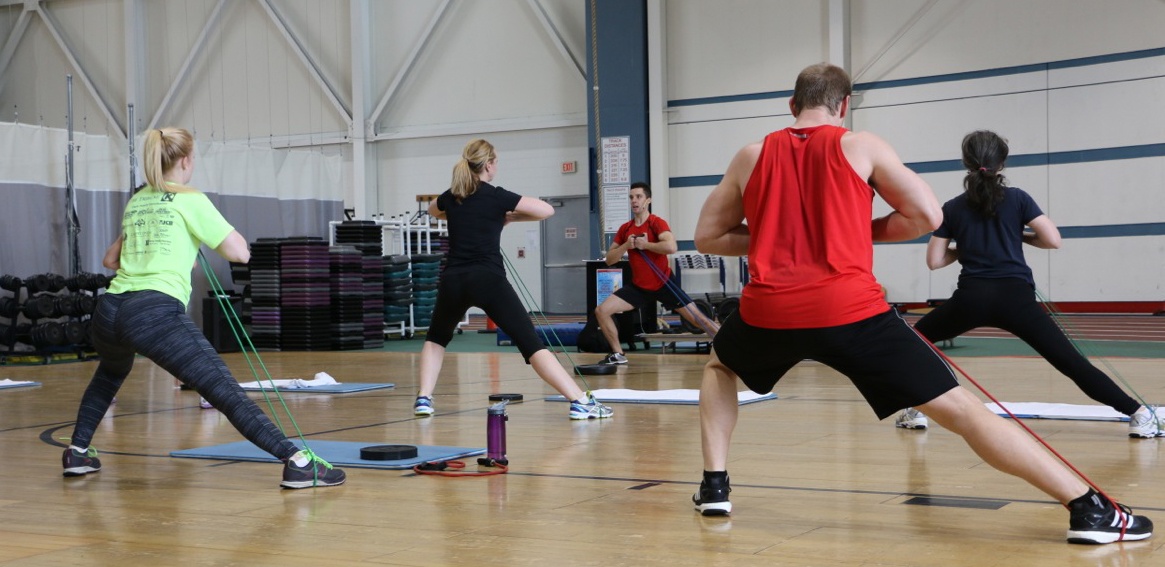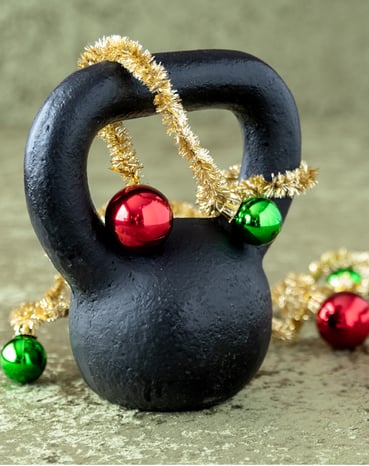 I don’t know about you, but often during the holidays it just seems easy to blow off your daily workout. You have done well up to this point, staying committed and getting yourself into the gym or out for a run. But with the dark evenings, busy work schedule, and possibly some travel, it tends to be the first thing to take off the list. It’s important for your body to take a break, but if you need some tips on how to keep yourself going, keep reading!
I don’t know about you, but often during the holidays it just seems easy to blow off your daily workout. You have done well up to this point, staying committed and getting yourself into the gym or out for a run. But with the dark evenings, busy work schedule, and possibly some travel, it tends to be the first thing to take off the list. It’s important for your body to take a break, but if you need some tips on how to keep yourself going, keep reading!
Here are some tips I have come up with to beat the holiday workout blues:
- Keep it on the schedule. One of the best ways to make sure that you are getting your workout in is to keep it on your schedule. If you have it set in place, it’s not as easy to skip it and head home for some Monday Night Football instead!
- Meet your workout buddy. If you don’t have one, now is a great time to find one. Find someone that you can be accountable to and make sure you’re getting yourself to the gym.
- Try a home workout. It’s okay to stay in if you can’t seem to get yourself to the gym; there are plenty of things you can do at home to keep yourself fit. Some ideas are pushups, lunges, squats, planks, and going for a run.
- Get up early to get it done. If you get your workout done in the morning, you won’t have to think about it the rest of the day! Then once you get out of work and it’s dark, you can just go home and relax.
- Try something new. This is a great time to try a class or something that you haven’t done before. Try new group fitness class or meet with a health fitness instructor to get a fresh and new personal workout plan.
- Keep yourself accountable. Check it off in your calendar, put your plan on the fridge, or track your workout in the NIFS app to keep yourself focused on what you need to be doing and create your own accountability.
Whatever it may be for you, find that one thing that keeps you clicking along. You will have to indulge at some point over the next month and half in something that you may have not normally ingested, and if you keep up the workouts, it’s okay! It’s all about discipline during these holiday months, but do your best to keep yourself on track in your exercise to limit the workout blues!
*****
 If your looking for a new challenge in the new year consider registering for the NIFS Mini-Marathon & 5k Training Program that starts in February. We can help you train for any race you want to accomplish in the spring! Click below to fine out more information!
If your looking for a new challenge in the new year consider registering for the NIFS Mini-Marathon & 5k Training Program that starts in February. We can help you train for any race you want to accomplish in the spring! Click below to fine out more information!
This blog was written by Amanda Bireline, Health Fitness Specialist. To find out more about the NIFS bloggers, click here.


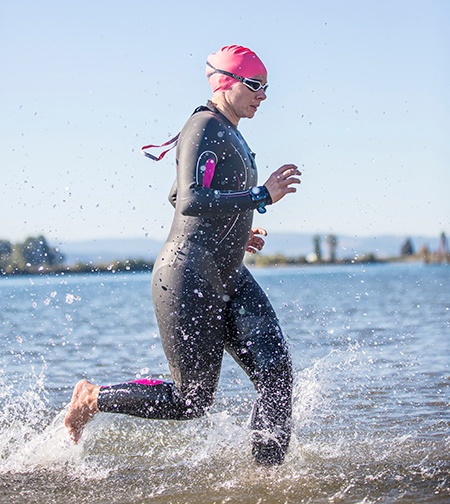 There are so many different types of races out there to challenge yourself with this summer. Maybe you are signed up for a
There are so many different types of races out there to challenge yourself with this summer. Maybe you are signed up for a 
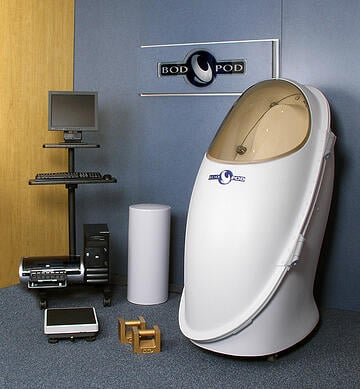

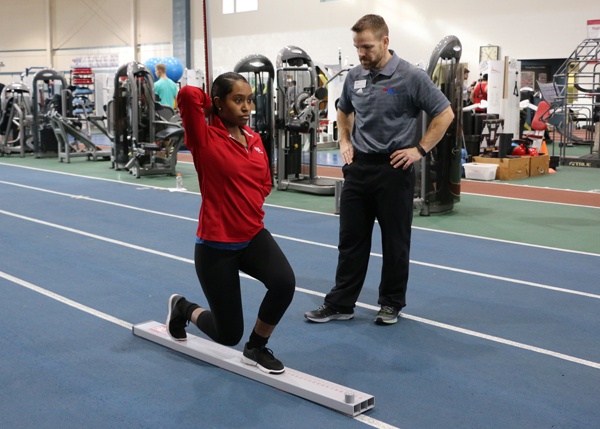 Maximize Your Workout with the Functional Movement Screen at NIFS
Maximize Your Workout with the Functional Movement Screen at NIFS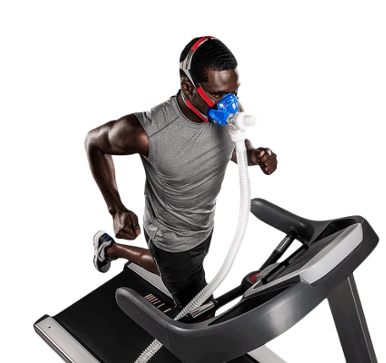 Fitness trends come and go, but heart-rate training is something that has been around for a long time; and due to its validity, I have a feeling it will not be leaving anytime soon. In fact, some places base their entire programming around your heart rate. And knowing your heart-rate training zone is actually a very useful tool for anyone—from the marathon runner to the three-times-a-week boot camp attendee!
Fitness trends come and go, but heart-rate training is something that has been around for a long time; and due to its validity, I have a feeling it will not be leaving anytime soon. In fact, some places base their entire programming around your heart rate. And knowing your heart-rate training zone is actually a very useful tool for anyone—from the marathon runner to the three-times-a-week boot camp attendee! Who doesn’t like to get their groove on when the hottest new song comes on? I would not put myself into the category of a “big dancer,” or in fact a dancer at all, but from time to time when a good jam comes on the radio, I am guilty of pulling out my car dance moves.
Who doesn’t like to get their groove on when the hottest new song comes on? I would not put myself into the category of a “big dancer,” or in fact a dancer at all, but from time to time when a good jam comes on the radio, I am guilty of pulling out my car dance moves.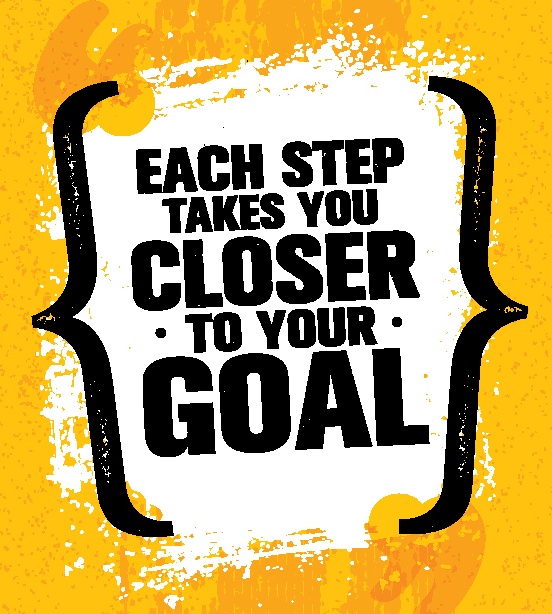 Some people in this world are really good at staying committed to something they have started, but there are many others who struggle with meeting a goal or expectation that they have set for themselves, then actually following through with it to completion. It can be a challenge to hit those markers if you cannot seem to stay committed to something, which in turn leads to discouragement, a sense of failure, and feeling defeated.
Some people in this world are really good at staying committed to something they have started, but there are many others who struggle with meeting a goal or expectation that they have set for themselves, then actually following through with it to completion. It can be a challenge to hit those markers if you cannot seem to stay committed to something, which in turn leads to discouragement, a sense of failure, and feeling defeated.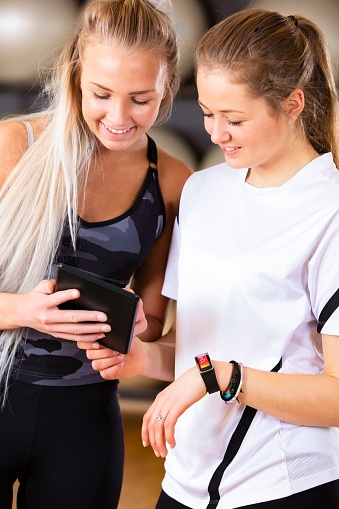 The Benefits of Logging and Tracking
The Benefits of Logging and Tracking
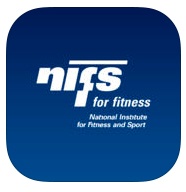 Maybe you have found your favorite app to log your workouts, whatever that may be; using a phone makes it so much easier than logging it into a notebook. If you haven’t taken time, download the NIFS app and enjoy many benefits aside from the ones that are listed above. Some of those include: using your phone to scan in at the desk, monthly challenges with great prizes, setting goals, logging workouts, utilizing deals and finding out extra things that may be going on at NIFS, and receive push notifications for important updates!
Maybe you have found your favorite app to log your workouts, whatever that may be; using a phone makes it so much easier than logging it into a notebook. If you haven’t taken time, download the NIFS app and enjoy many benefits aside from the ones that are listed above. Some of those include: using your phone to scan in at the desk, monthly challenges with great prizes, setting goals, logging workouts, utilizing deals and finding out extra things that may be going on at NIFS, and receive push notifications for important updates!